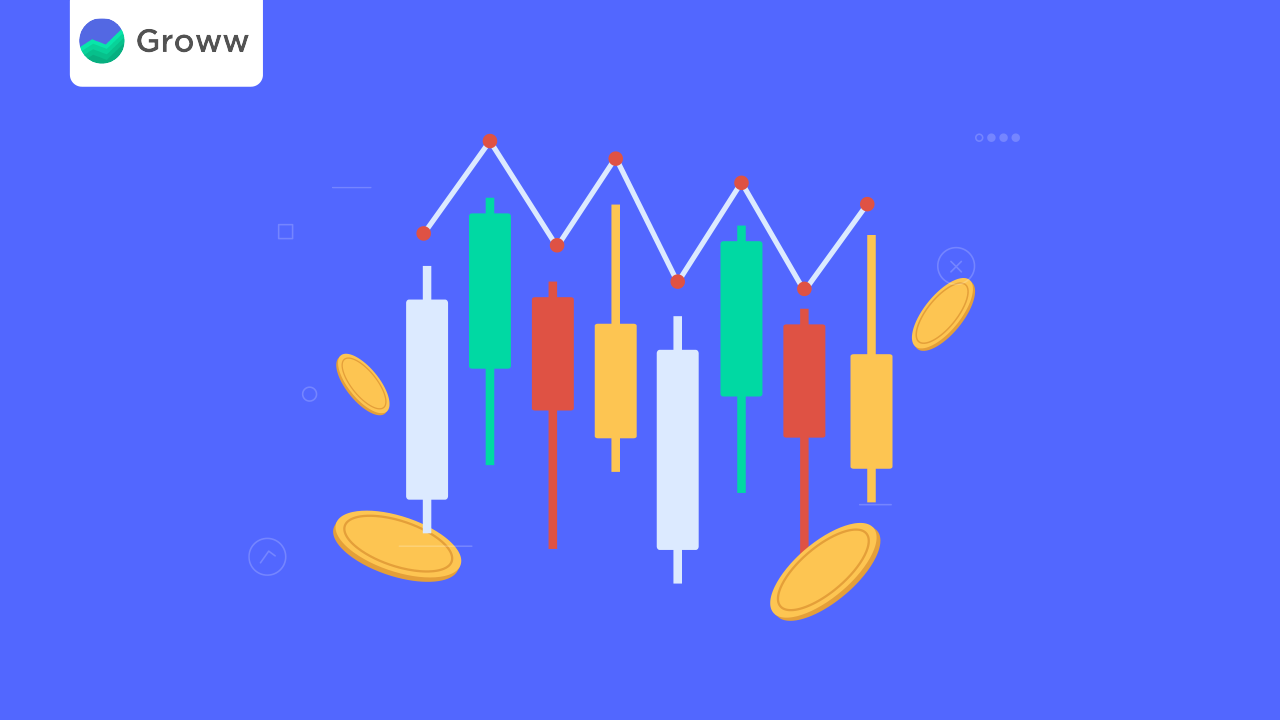How to Use Volume in Trading?

Technical analysts use past trading activity to make predictions about a stock’s future price movements. Volume is one of the metrics used in the technical analysis of stocks. Seasoned traders understand how to use volume in intraday trading.
Read on to find out more on how to use volume in trading.
What is Volume in the Stock Market?
In the stock market, volume stands for the total quantity of shares traded for any security.
For example, at the time of writing, the daily trading volume of Reliance Industries was 81 lakh shares. The average volume indicator helps in identifying the average volumes in a stock over a specific period. As of May 2021, the one-month trading volume of Reliance’s stock was 78 lakh shares.
What Do High and Low Volumes Indicate?
High volumes in a stock indicate higher investor interest in buying or selling a stock. Low volumes suggest a lack of liquidity, and a few traders/investors take an interest in the stock.
How are Volume and Price Related?
A price vs volume analysis can help in understanding bullish and bearing signs. For example, if prices decline at high volume, it indicates bearish sentiment and is likely to become stronger.
Similarly, if prices increase at high volumes, then it shows bullish sentiments are taking over. While they are related, it does not mean that their movements are always dictated by the other.
Using Volumes to Spot Momentum
Momentum shows the rate at which prices of a stock are changing over time and helps identify a trend. Rising prices indicate a bullish momentum, and falling prices indicate bearish momentum. A price vs volume analysis can also help in spotting momentum.
If the price is increasing at low volumes, it shows the bullish trend is losing momentum and indicates a likely reversal of a trend. The Moving Average Convergence Divergence (MACD) is a useful indicator of momentum. It helps traders identify when the bullish or bearish indicator is high to help them plan their exit or entry accordingly.
What are Common Volume Indicators?
There are three commonly used volume indicators, as shown below:
1. On Balance Volume (OBV)
OBV is a simple indicator that uses changes in volumes to help predict stock prices. As per OBV, there is a correlation between volume and price.
The overall direction of the On Balance Volume line helps traders understand the momentum.
For example, if the OBV line is rising, it indicates a bullish trend.
2. Chaikin Money Flow
Marc Chaikin, a famous American trader, invented the Chaikin Money Flow (CMF). CMF is useful in measuring whether buying or selling pressure is dominating the market.
According to Chaikin, if the closing price of a stock is close to its high, it indicates accumulation or buying pressure. If the closing price is closer to its low price, it shows selling pressure.
3. Klinger Oscillator
Klinger volume oscillator compares volumes with price, converts the result of the comparison into an oscillator and helps in predicting price reversals.
The oscillator identifies the long-term money flow trends for specific securities. The Klinger Oscillator is more complex than the OBV indicator.
Key Takeaways
- Volume can be a very useful tool for understanding trends in stock prices.
- Investors and traders use volumes to spot bearish or bullish momentum in stocks.
- OBV, Chaikin Money Flow, and Klinger Oscillator are three commonly used volume indicators.
- A price vs volume analysis is a better way of understanding trends rather than looking at price or volumes alone.
Conclusion
Technical analysts and day traders learn how to use volume in day trading for their day-to-day activities.
Like all technical analysis tools, volume indicators can also be used in combination with fundamental analysis tools and other technical indicators. Volume indicators will give you some trends, but they will all be based on past data. Past performance cannot always be relied upon to predict future prices.
|
You May Also Be Interested to Know |
|
|
1. |
|
|
2. |
|
|
3. |
|
|
4. |
|
|
5. |
How to Select Stocks for Intraday Trading |
Disclaimer: This blog is solely for educational purposes. The securities/investments quoted here are not recommendatory.